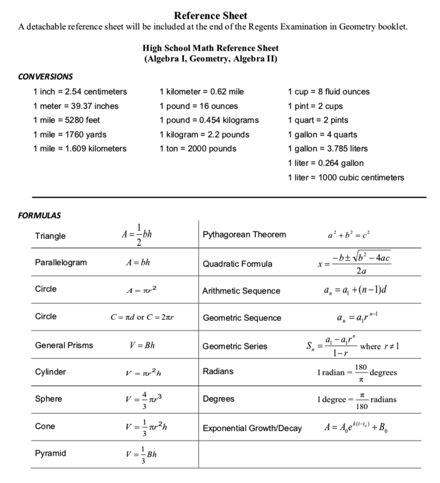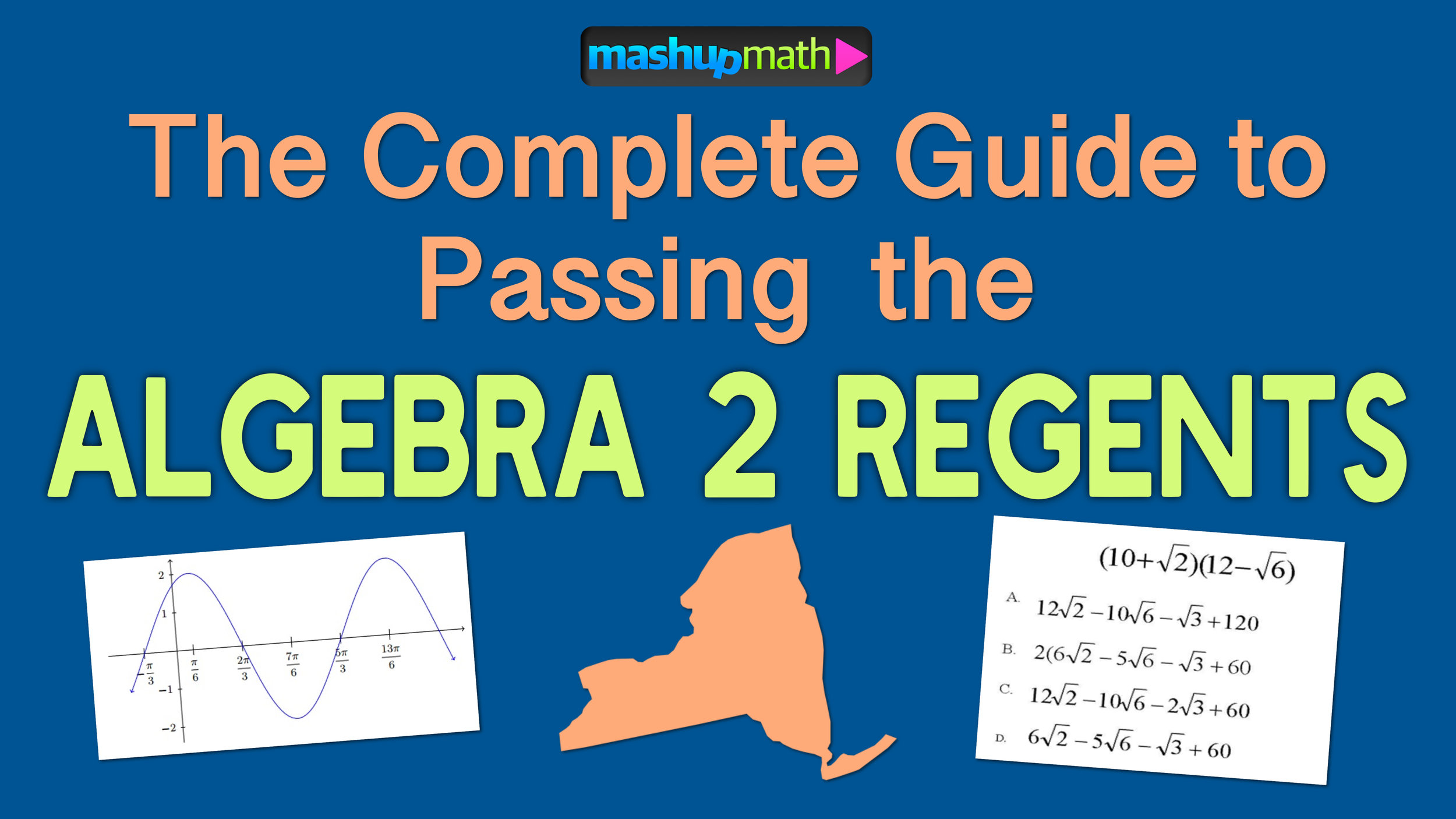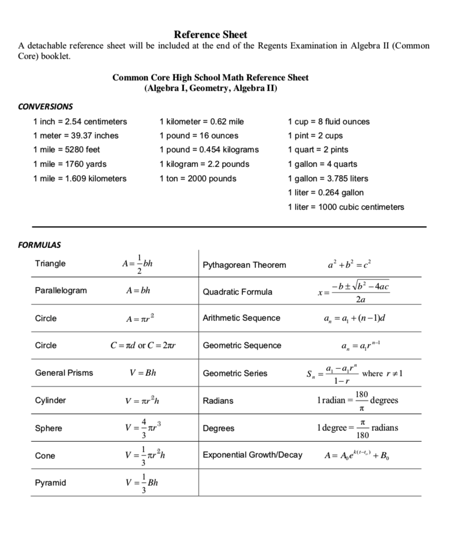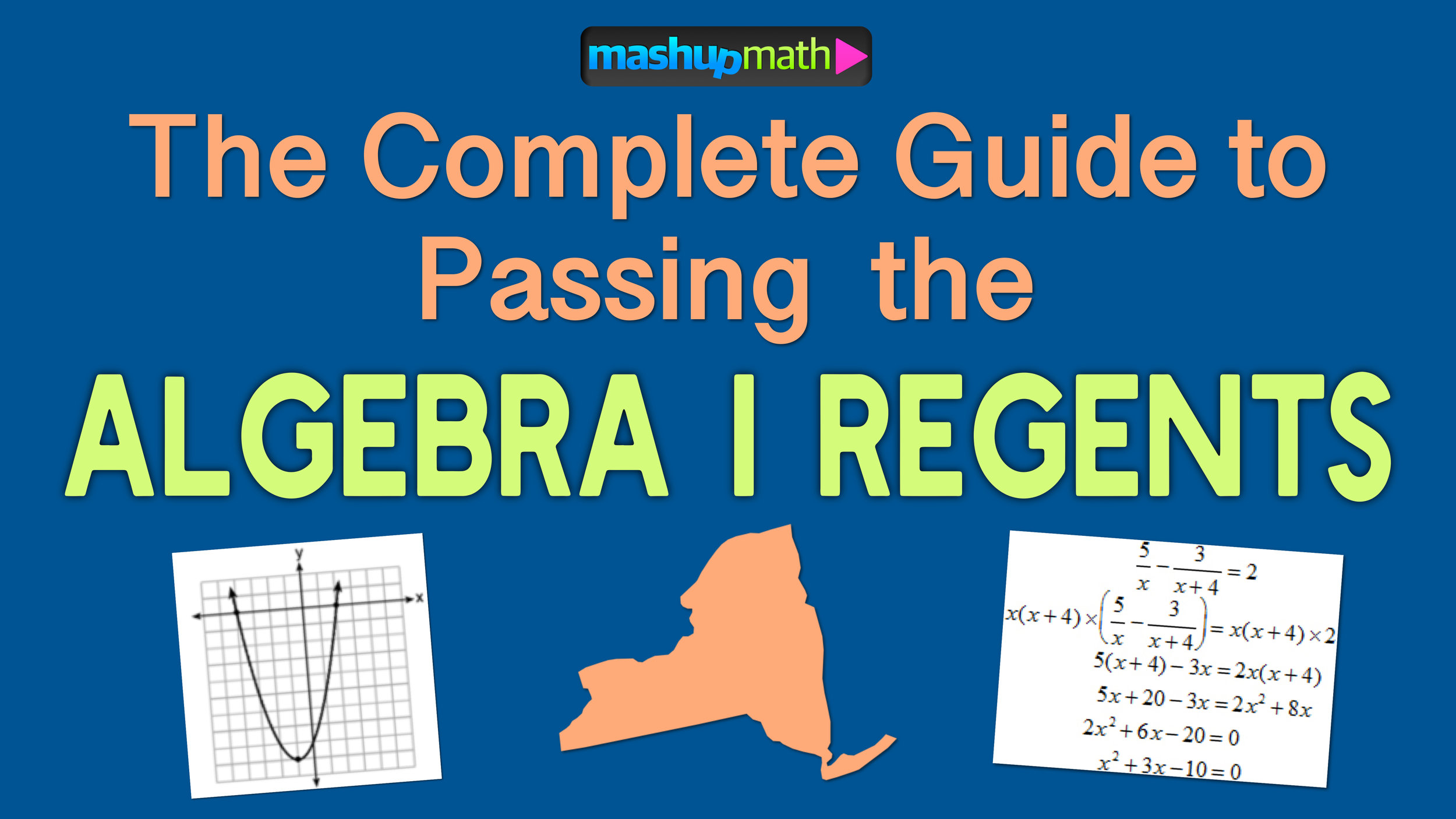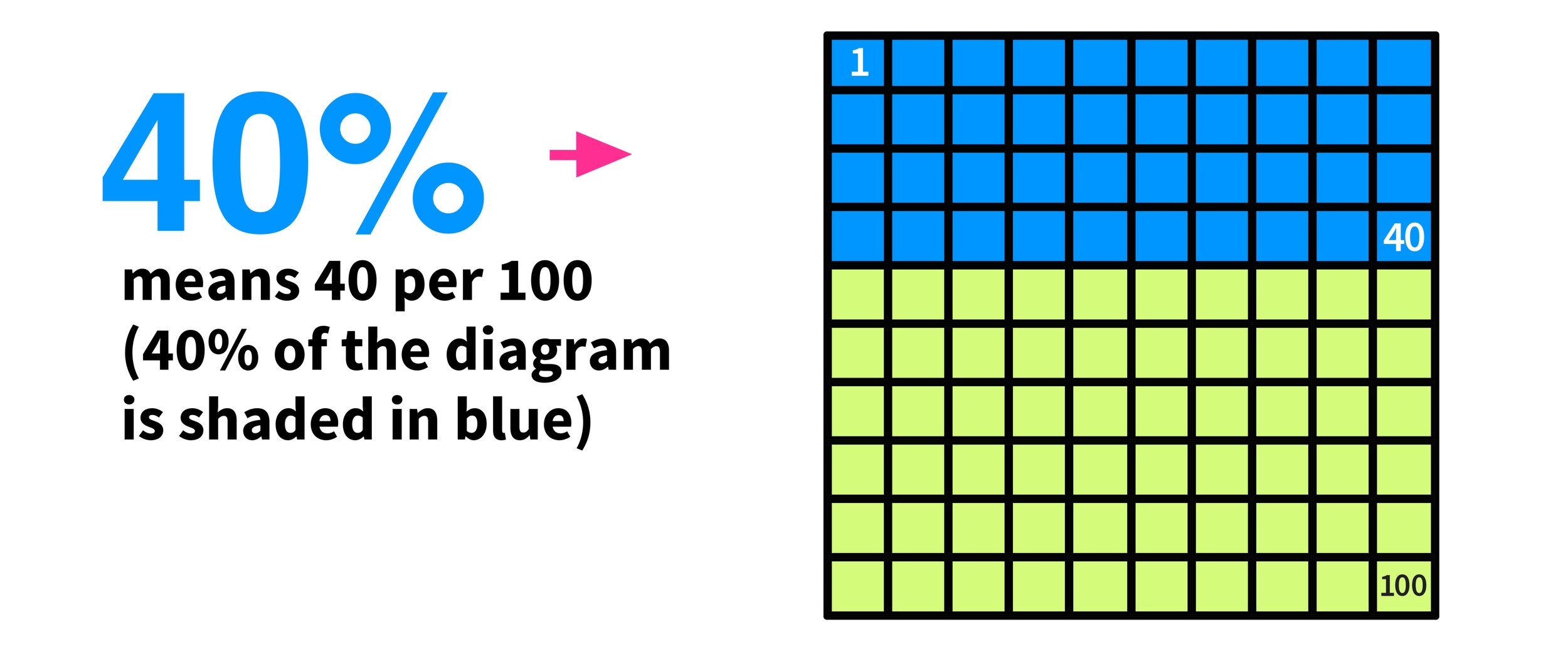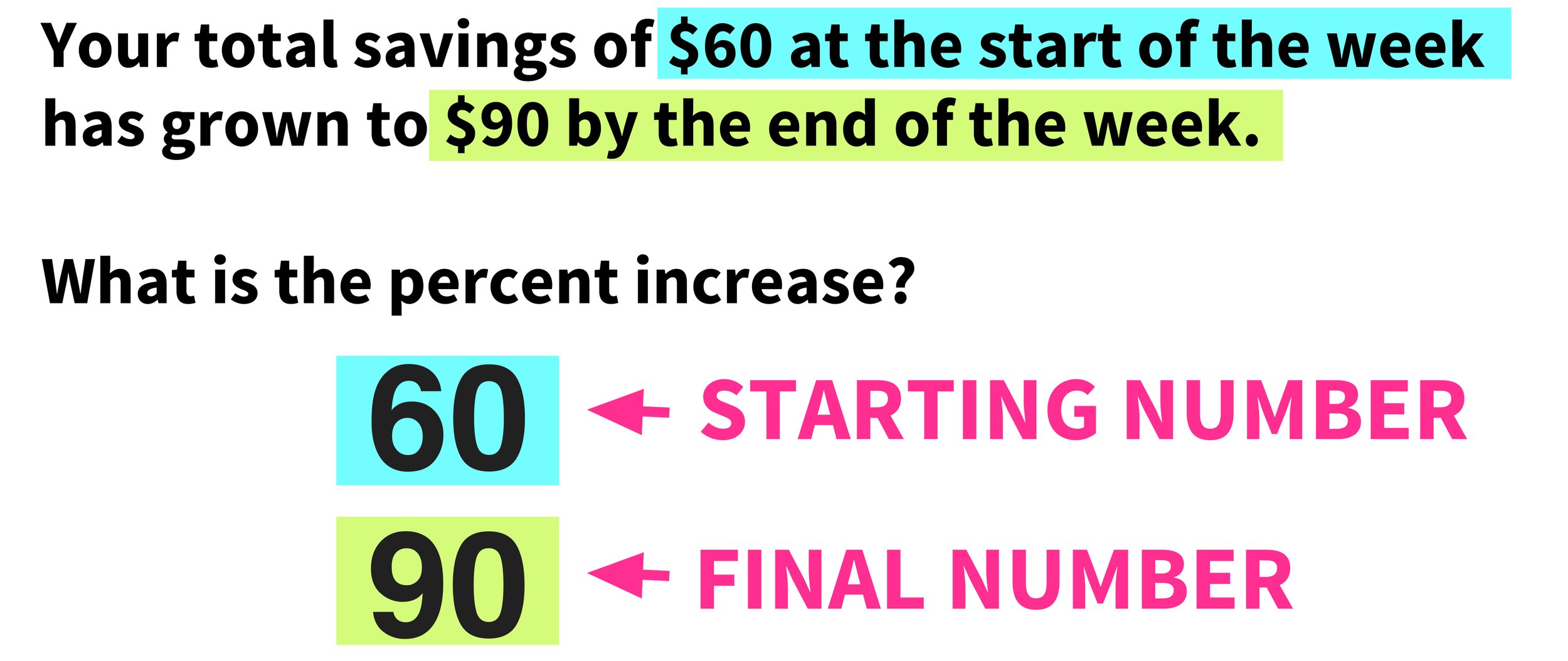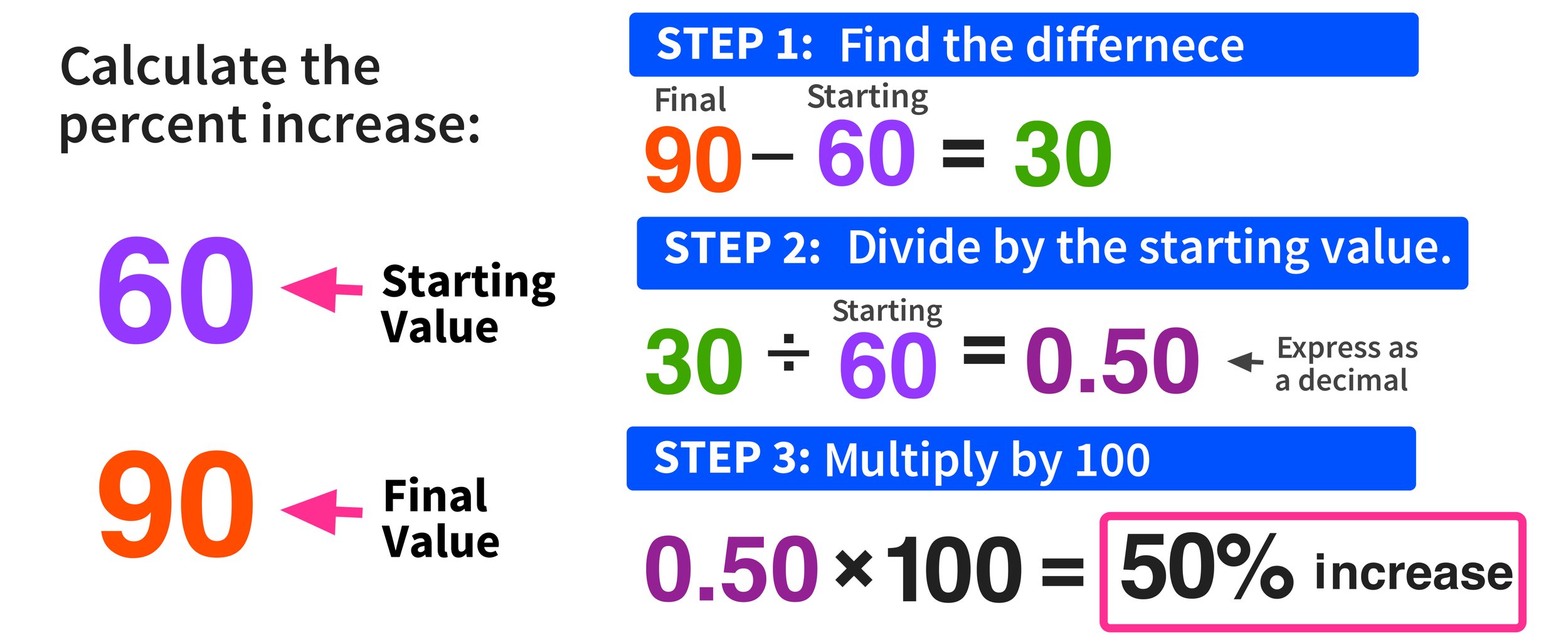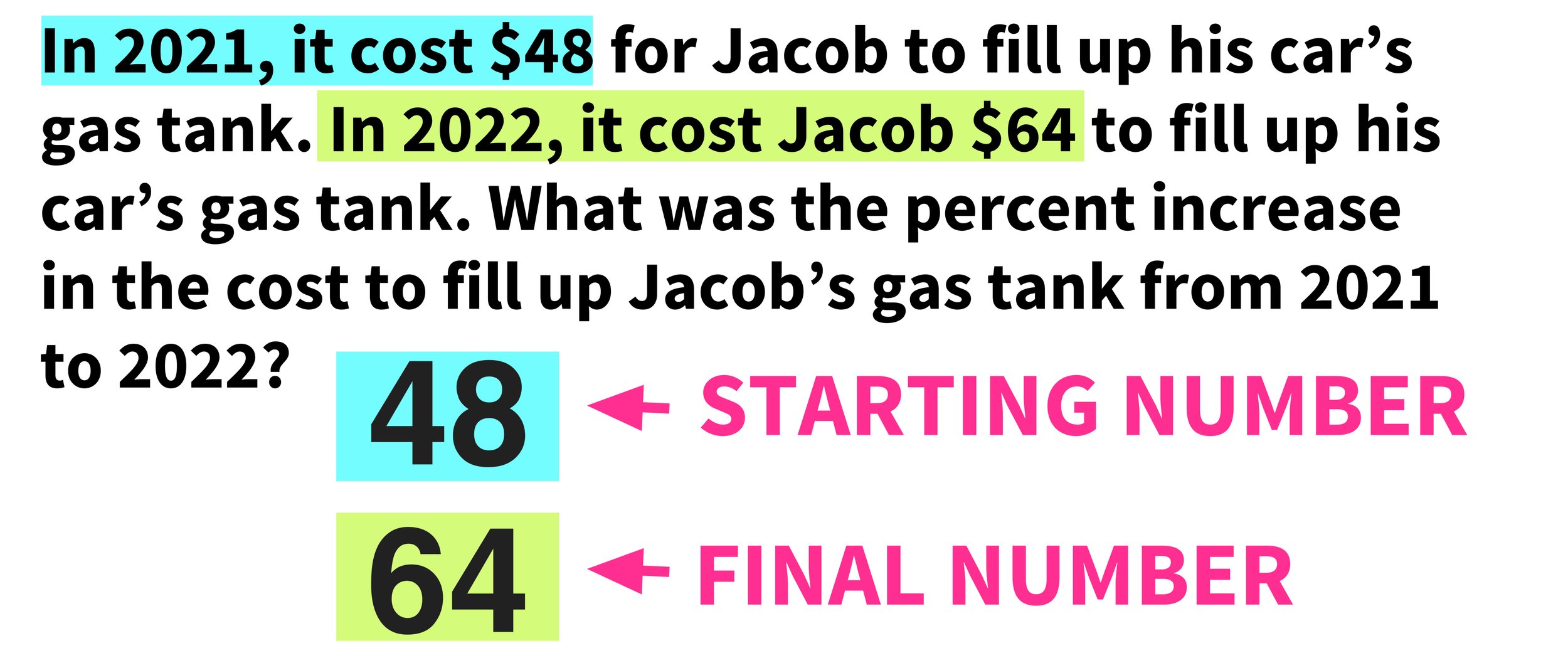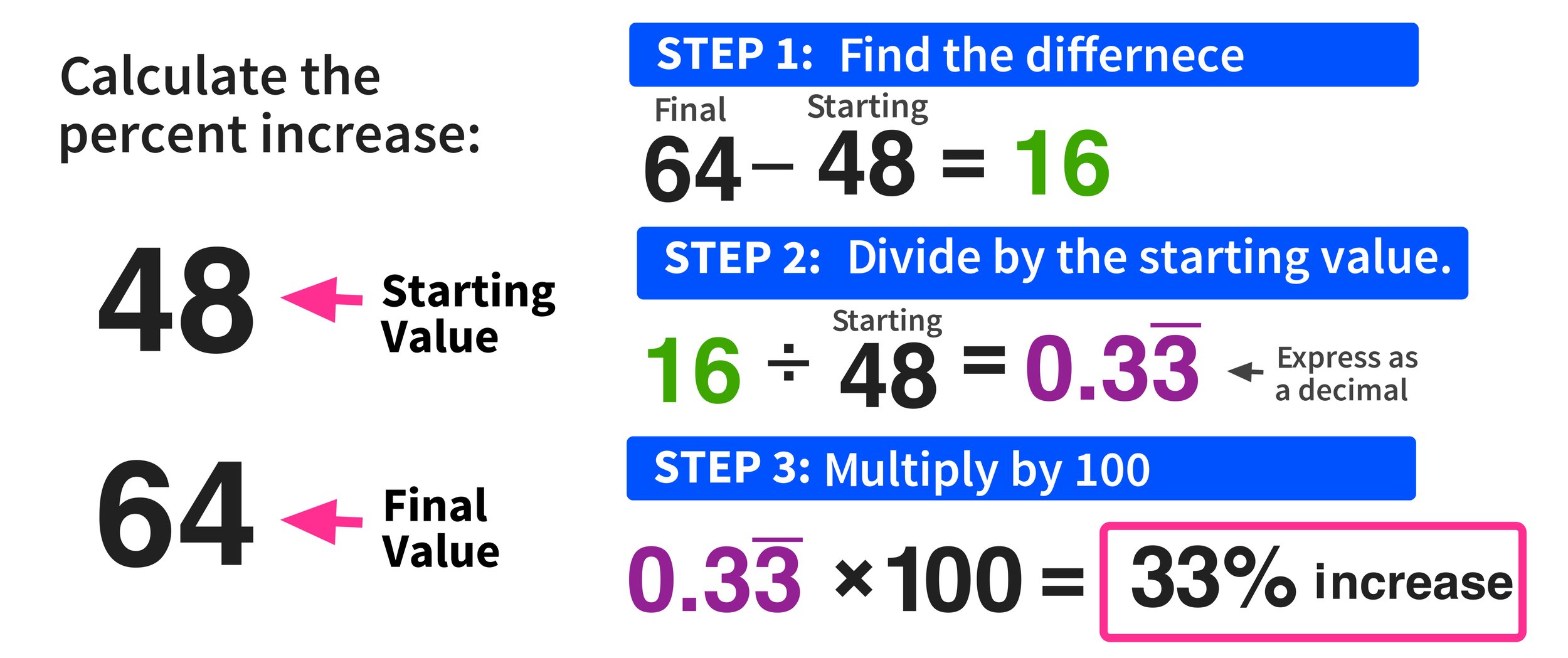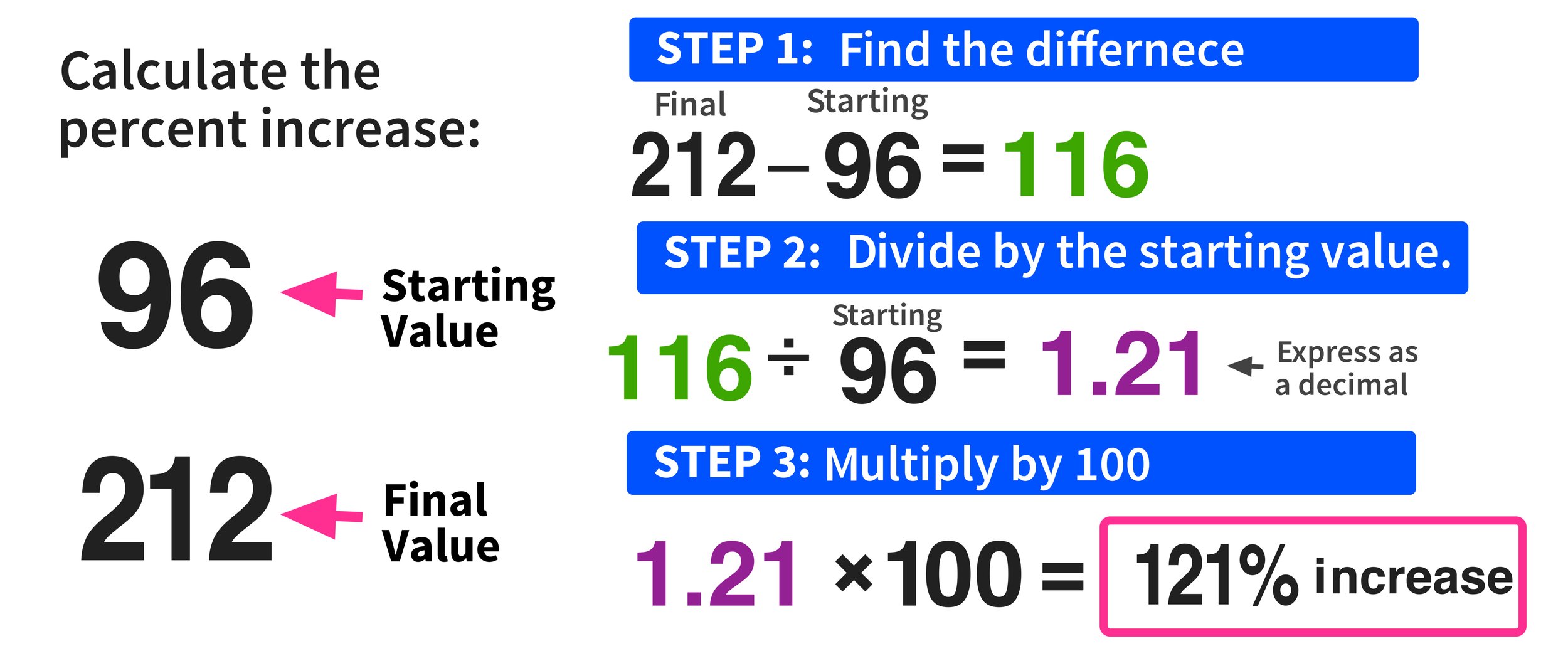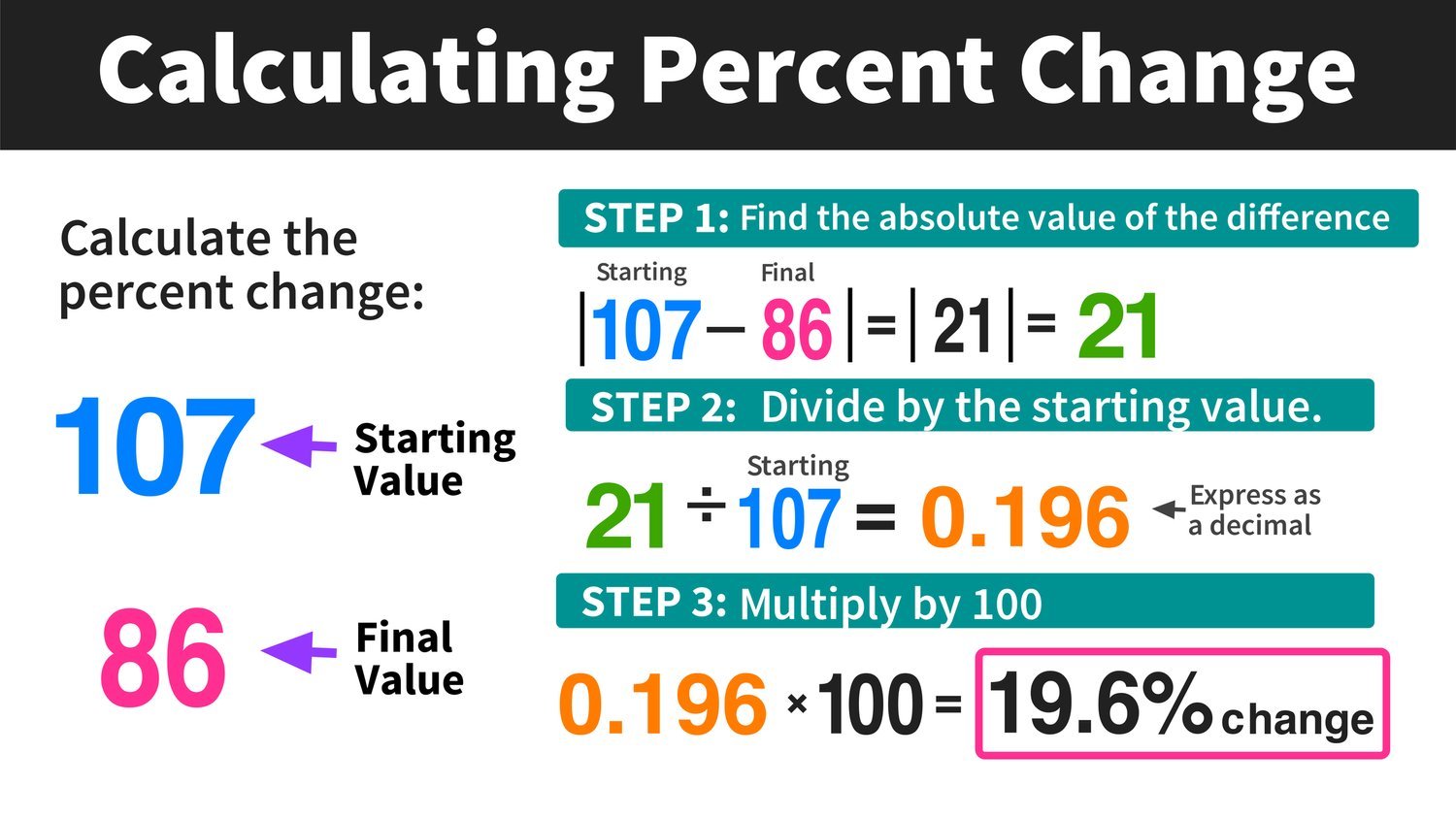How to Pass the Geometry Regents Exam
This ultimate guide to passing your Geometry Regents exam will help you understand how the exam works, how the questions are structured, and how to study so that you can not only pass the Geometry Regents, but score a 90 or above.
The Geometry Regents Exam measures a student’s understanding of the Common Core Learning Standards for Geometry. The exam requires that students show an understanding of mathematical concepts, use prior knowledge and prerequisite skills, and solve real world problems using tools and formulas.
What topics are covered on the Geometry Regents and which ones are the most important?
Not all geometry topics and learning standards are represented equally on the Geometry Regents. The graphics below (via EngageNY.org) share a blueprint that details which topics are represented most on the Geometry Regents exam.
You can use this blueprint to help you prepare for the exam more strategically.
Notice that understanding topics related to Congruence (27-34% of the exam) are represented much more than topics related to Circles (only 2-8% of the exam).
While you should never skip any of the exam topics while preparing, you can use this information to prioritize what topics you plan on studying the most.
Pro Tip: If you are short on studying time, try focusing most of your attention on understanding topics related to Congruence (27-34% of the exam) and Similarity, Right Triangles, and Trigonometry (29-37% of the exam). By mastering these two strands alone, you will likely be able to pass the exam easily.
How Long is the Geometry Regents Exam?
The Geometry Regents exam lasts for three hours, although finishing the exam in less than three hours is common. However, students should not expect to be allowed to leave the testing site before the three-hour deadline has been met.
What is the format of the Geometry Regents Exam?
The geometry regents contains four parts including both multiple-choice questions and constructed response questions.
Part I contains 24 multiple choice questions, while Parts II, III, and IV contain constructed response questions.
How many questions are on the Geometry Regents Exam?
There are a total of 35 questions on the Geometry Regents Exam. However, all of the questions are not weighted the same. See the chart below (via EngageNY.org) for more information on the breakdown.
How many questions do you need to get correct to pass the geometry regents?
As of January 2018, students are required to earn 30 total credits to get a passing score of 65. For example, by answering 15 multiple choice questions correct (2 credits each), you would earn a passing score.
What can I bring with me to the Geometry Regents?
Students are permitted to use a graphing calculator on all sections of the Geometry Regents exam. Students will also be given access to a compass and a straightedge (ruler) for the entire duration of the exam.
Your school/testing site is responsible for supplying these materials to you.
Pro Tip: Understanding how to use these tools is crucial to passing the geometry regents exam.
What about the Geometry Regents Reference Sheet?
All students will be supplied with a reference sheet. You can download the Geometry Regents Reference Sheet for free by clicking here.
5 Tips for Passing the Geometry Regents Exam
1.) Review Past Geometry Regents Exams
Every Geometry Regents exam (with corresponding answer key and model answers) from the past several years are available for free online. You can practice taking these exams at home to assess your readiness and determine areas of weakness that you can focus on while studying.
Practicing these old exams is great way to familiarize yourself with the format of the exam, what kind of questions will be asked, and what your responses need to look like.
Here are links to the most recent Geometry Regents Exams (past geometry regents answers are included):
Geometry Regents 2017 | Geometry Regents 2018 | Geometry Regents 2019
2.) Know Your Reference Sheet
Be sure to familiarize yourself with the reference sheet before the exam and know what information and formulas are included on it (as well as which ones are not).
This information is valuable because you do not have to memorize the formulas on the reference sheet since they will already be given to you.
Pro Tip: If there is anything that you have memorized for the exam, write it down on your reference sheet as soon as the test begins. By transferring the information to paper, you are freeing up valuable mental energy that you can put towards the exam questions.
3.) Break Up Your Studying
Cramming for an exam like the Geometry Regents is not a good idea. For more information, check out this BBC article Why Cramming for Tests Often Fails.
Instead, you should space out your studying over several weeks leading up to exam day. In addition to working on past exam questions, you should review your Geometry notes, practice problems, quizzes and tests as well.
One of the benefits of spacing out your studying is that it will give you opportunities to ask your geometry teacher for help before or after school. If you wait until the last minute to study, you will not have this option.
4.) Take Advantage of Free Resources
There is no shortage of helpful, free resources to help you prepare for the Geometry Regents.
Many students like to use Geometry Regents Review packets, take online prep courses, and study geometry regents vocabulary flash cards.
By taking advantage of these free online resources, you can give yourself plenty of practice and exposure to the topics that will be covered on the regents exam.
Pro Tip: When you come across a practice question that you are struggling to solve, write down whatever questions you may have and flag the question until you can share it with your teacher or tutor the next time they are available.
5.) Understand Proofs
If you are looking to not only pass the Geometry Regents, but score a 90 or above, then you need to be sure that you have a strong understanding of the more difficult topics on the exam.
And triangle proofs are the topic that students most often struggle with.
If your goal is a high score on the geometry regents, then you will need to focus a good amount of energy and study time on understanding congruence and completing proofs.
Here are a few free video lessons on these topics if you could use some extra practice:
Are you looking for help with passing the Algebra 1 Regents and Algebra 2 Regents? Click the links below to access our other free guides:
Have any questions or ideas? Share your thoughts in the comments section below!
(Never miss a Mashup Math blog--click here to get our weekly newsletter!)
By Anthony Persico
Anthony is the content crafter and head educator for YouTube's MashUp Math . You can often find me happily developing animated math lessons to share on my YouTube channel . Or spending way too much time at the gym or playing on my phone.







